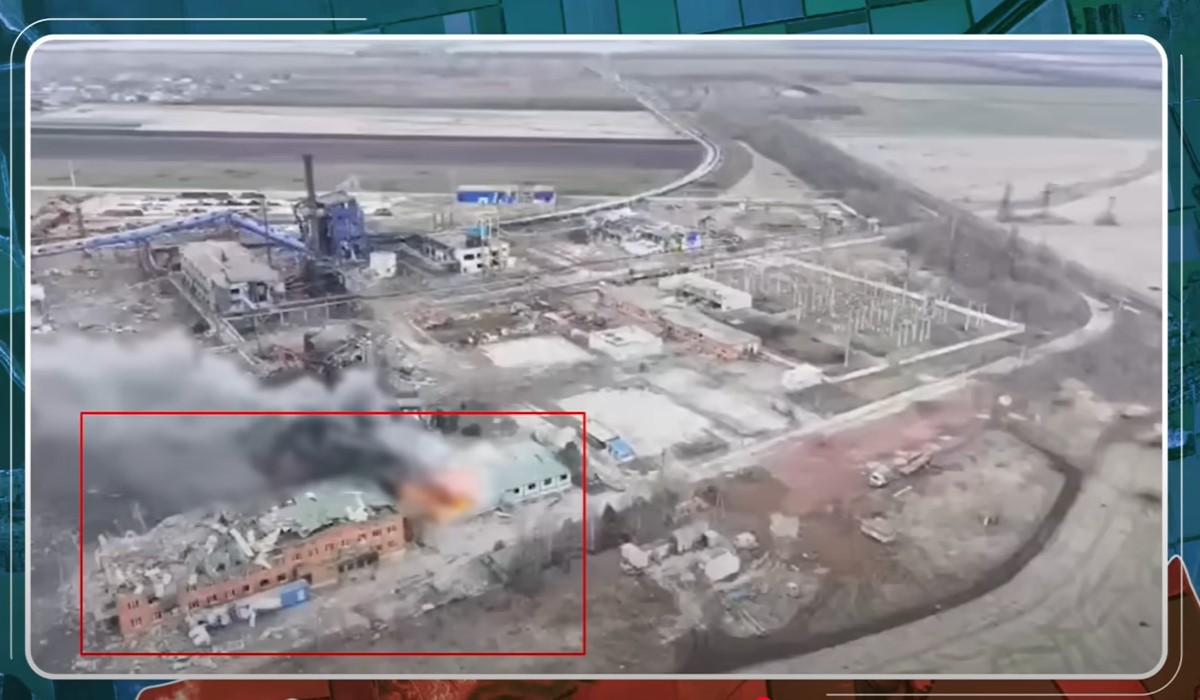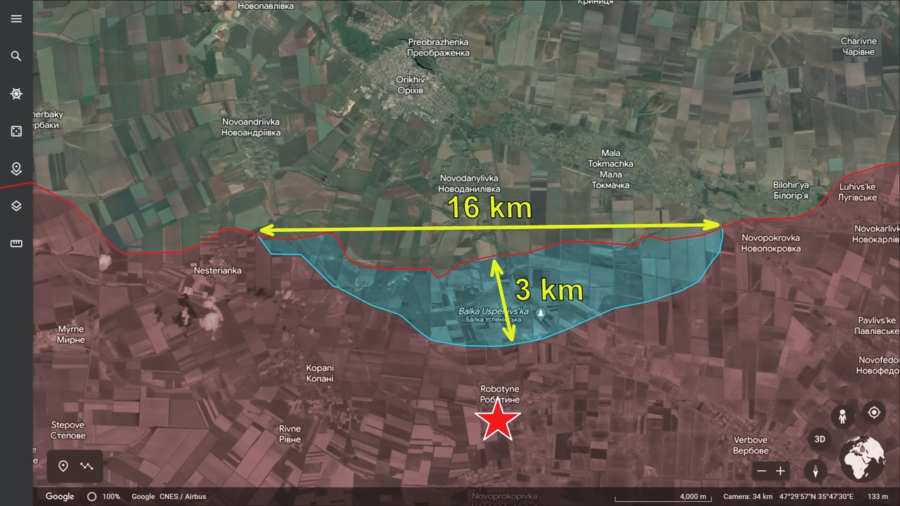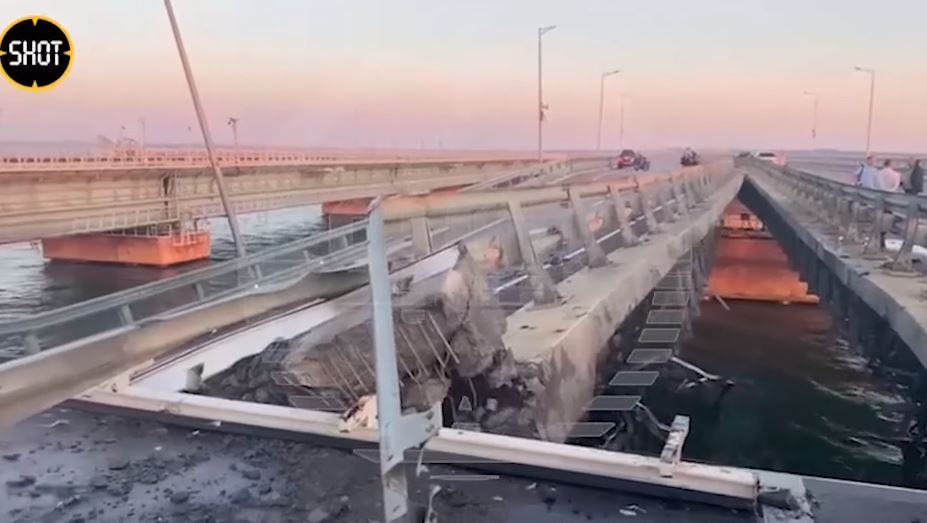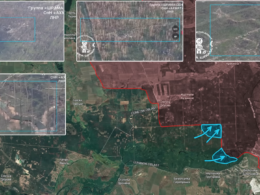Today, there is important news from the Pokrovsk direction. Here, Ukrainian Special Forces launched a decisive clearing operation against Russian troops holed up in the Kotlyne industrial zone. By eliminating dozens of enemies, the Ukrainians once again caused chaos and helped restrain the Russians’ flanking operation on the western part of Pokrovsk.
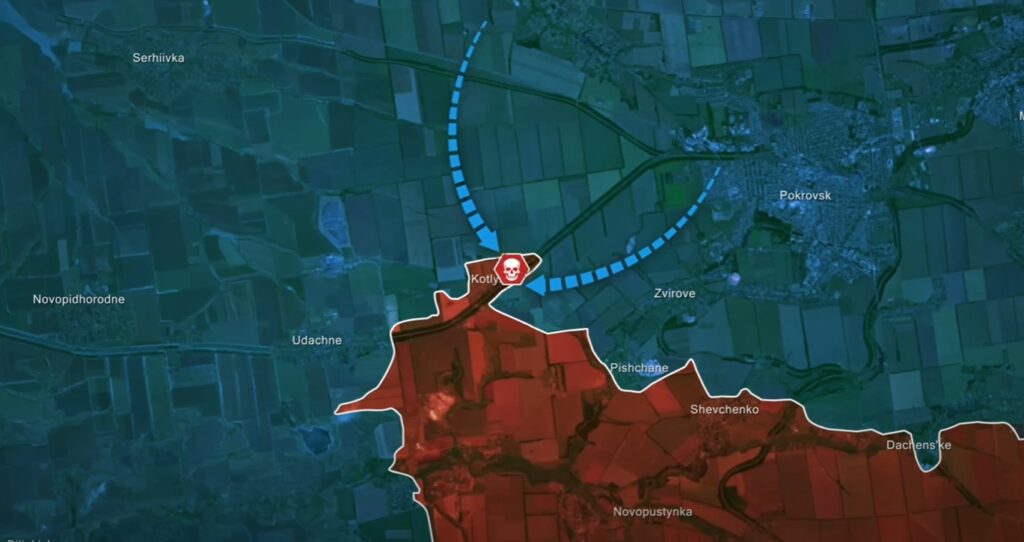
The Ukrainians had a clear objective: to eliminate the remaining Russian presence in the area and establish full control over the tactical stronghold in the local industrial complex. This operation had been in preparation for weeks, and with Russian forces partially cut off, Ukrainian commanders decided to act. Since these Russian forces were not fully encircled, they remained a significant threat. If left unbothered, they could disrupt Ukrainian counterattacks by launching assaults from behind or using the area as a staging ground for future Russian reinforcements.
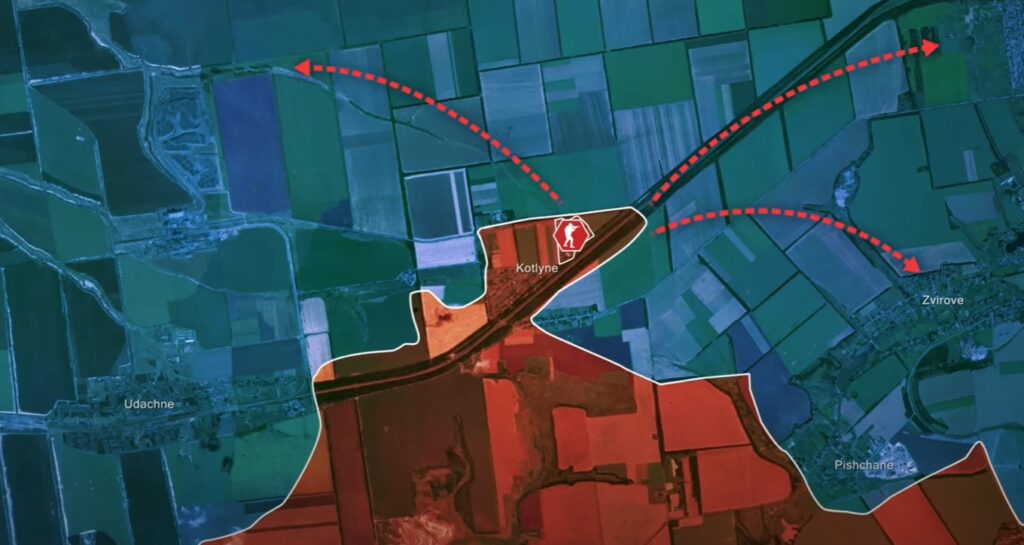
Clearing the industrial zone would allow Ukraine to focus entirely on pushing back the Russian western pincer rather than fighting on multiple fronts simultaneously. Additionally, by pressuring the Russian troops stuck in Kotlyne, Ukraine accelerated their depletion of ammunition and food—especially as they lacked a proper supply line. The Russians were largely cut off from the south, with their only supply route being the tree belt along the railway line. While this provided some cover for reinforcements, it was insufficient to sustain prolonged resistance, particularly under sustained Ukrainian pressure.
Additionally, the hardened road leading into Kotlyne from Ukrainian-controlled territory gave Ukrainian forces a direct and secure path for assaults and evacuations. The area was also beyond the optimal range of Russian artillery and drone surveillance, preventing the Russians from blocking Ukrainian access.
Ukrainian strategy relies on precision, not all-out assaults
Given the complexities of warfare in industrial zones, Ukrainian forces opted for a precise and well-planned operation, making elite special operations the best choice for the task. Instead of a full-scale assault that could lead to high casualties, Ukrainians planned to conduct surgical strikes to dismantle the Russian defensive network slowly.
The Ukrainians needed to act carefully because, despite their logistical disadvantage, the Russians had a strong defensive position. The industrial zone consisted of relatively intact buildings with potential underground bunkers and tunnel systems that allowed them to withstand Ukrainian attacks. Tall structures provided excellent vantage points for Russian snipers and observers, giving them oversight of the surrounding area. If the Ukrainians hesitated, the Russians could have reinforced their positions, stockpiled supplies, and made any future assault far more costly.
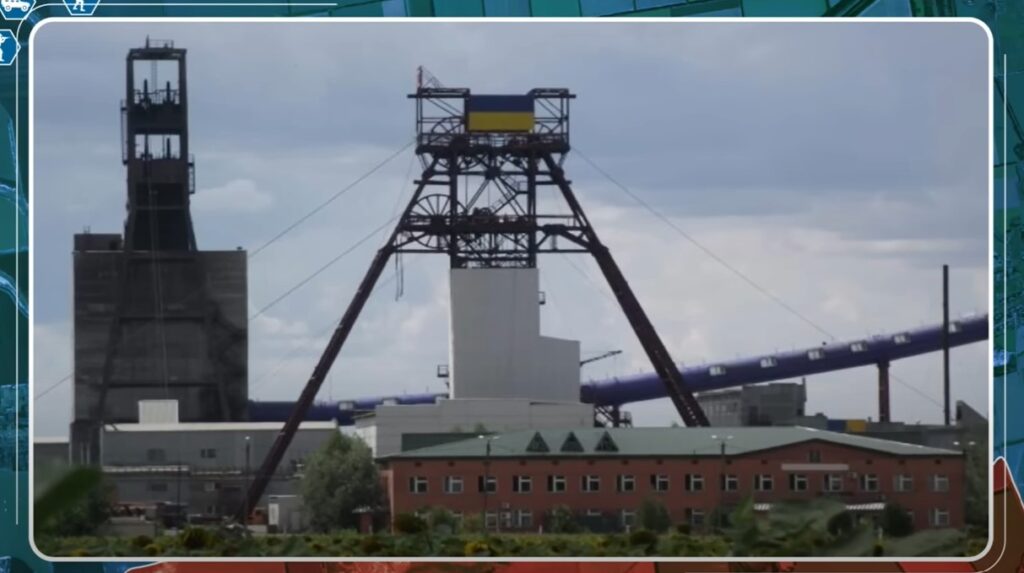
The Ukrainians leveraged their superior drone capabilities around Pokrovsk to overcome these obstacles. Aerial reconnaissance allowed them to pinpoint Russian positions and weaknesses before assaulting them. With real-time intelligence, Ukrainian Special Forces could move with precision, striking concentrations of Russian troops before they had time to react.
Ukrainians seize key positions but face a Russian counterattack
Geolocated footage from the operation shows how Ukrainian drones identified a large concentration of Russian forces inside a multi-story industrial building. Recognizing the importance of eliminating the stronghold, a Special Forces team was deployed to strike before the Russians could regroup. Soon, Ukrainian Special Forces advanced rapidly and stormed the building. Russian troops inside put up heavy resistance, leading to a brutal close-quarters battle. As a result, around 25 Russian soldiers were eliminated as the Ukrainians cleared room after room.
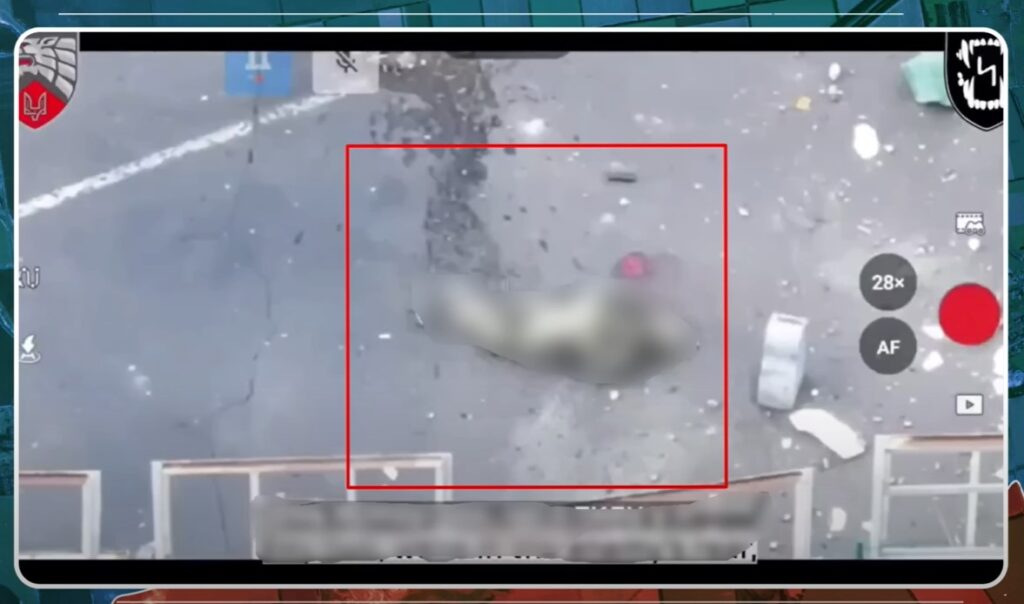
In the end, the buildings were secured, and the Ukrainians took control of the region. However, after holding the buildings for two days, a Russian counterattack caused a fire to break out inside the building where the Ukrainians were positioned. The fire compromised their cover as smoke spread and visibility dropped. Recognizing the potential danger, they quickly organized an extraction to avoid unnecessary losses.
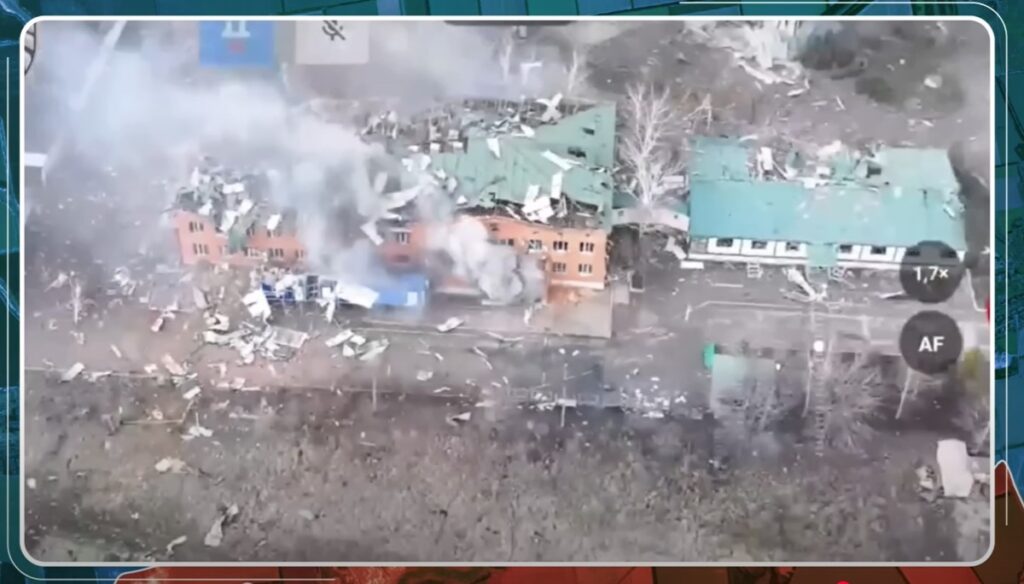
Humvee armored vehicles were sent in to evacuate the Special Forces team. Despite the difficult conditions, the Ukrainians managed to withdraw temporarily without any casualties.
Overall, the daring Ukrainian raid successfully cleared a critical Russian stronghold in Kotlyne and further destabilized the Russians. By executing precise and well-coordinated attacks, Ukrainian forces continue denying the Russians any lasting foothold for their weakened offensive. With each cleared area, the Ukrainians move closer to securing Pokrovsk, ensuring that any attempted Russian advance will face even greater obstacles ahead.
In our regular frontline report, we pair up with the military blogger Reporting from Ukraine to keep you informed about what is happening on the battlefield in the Russo-Ukrainian war.

